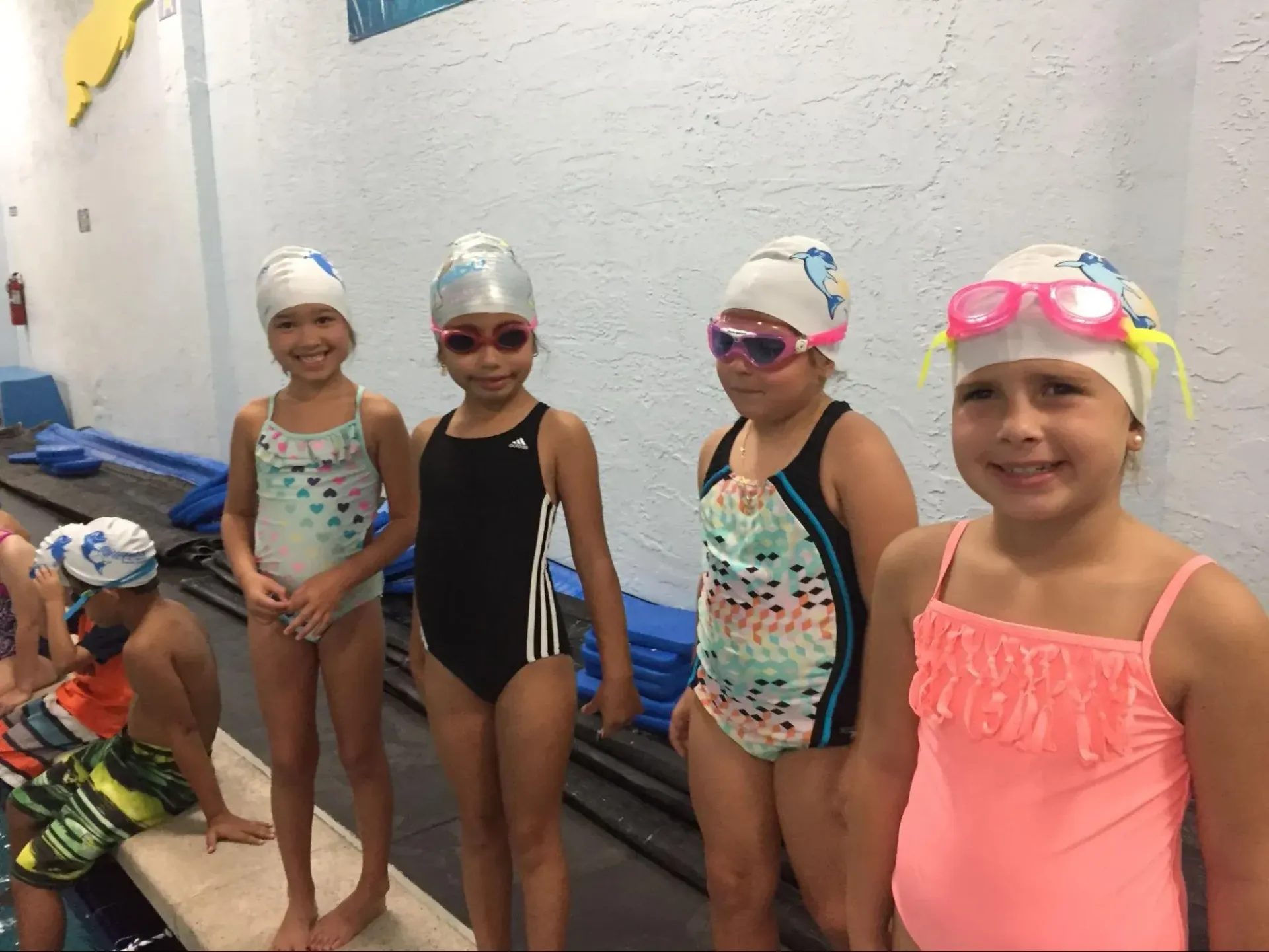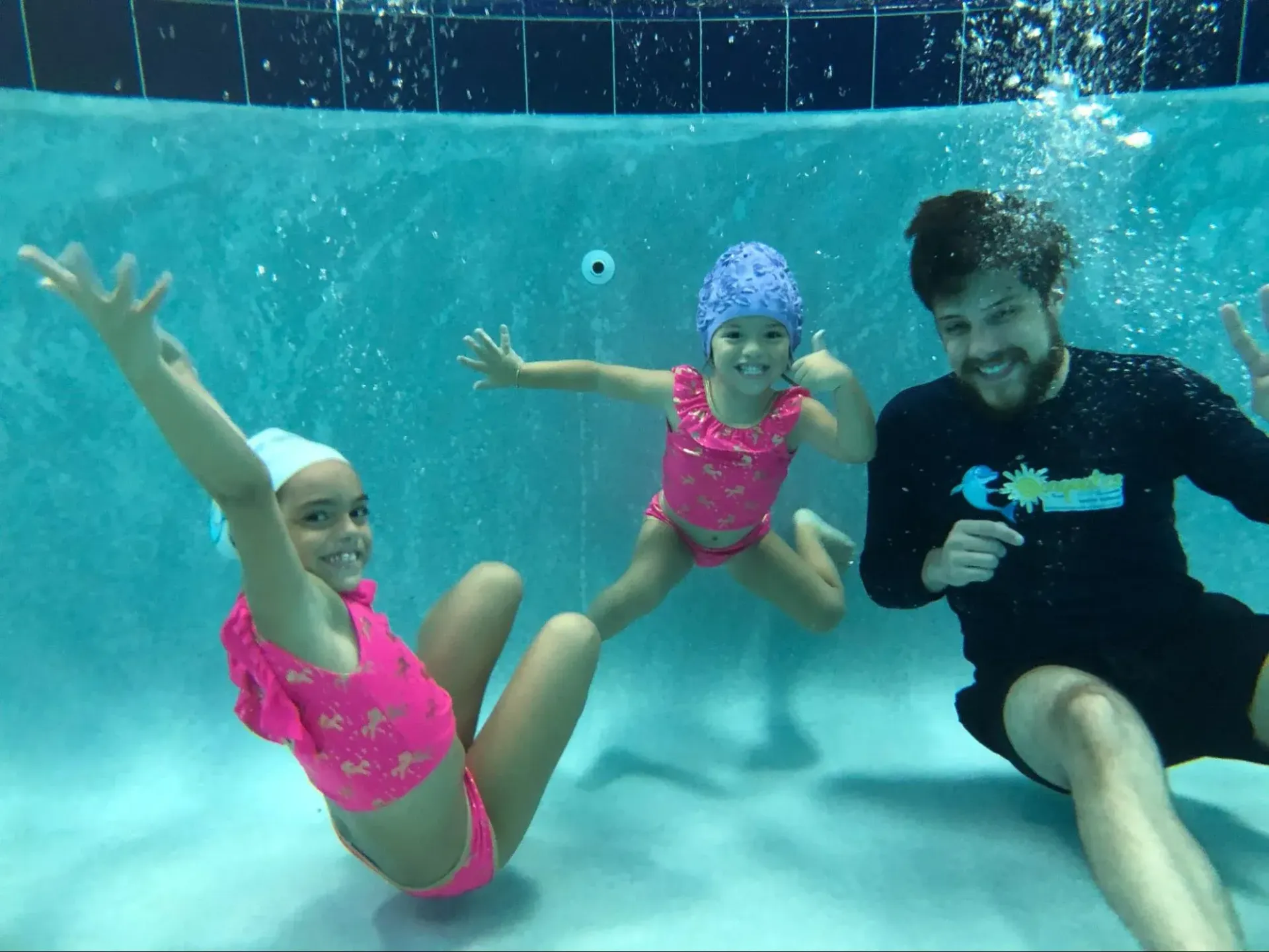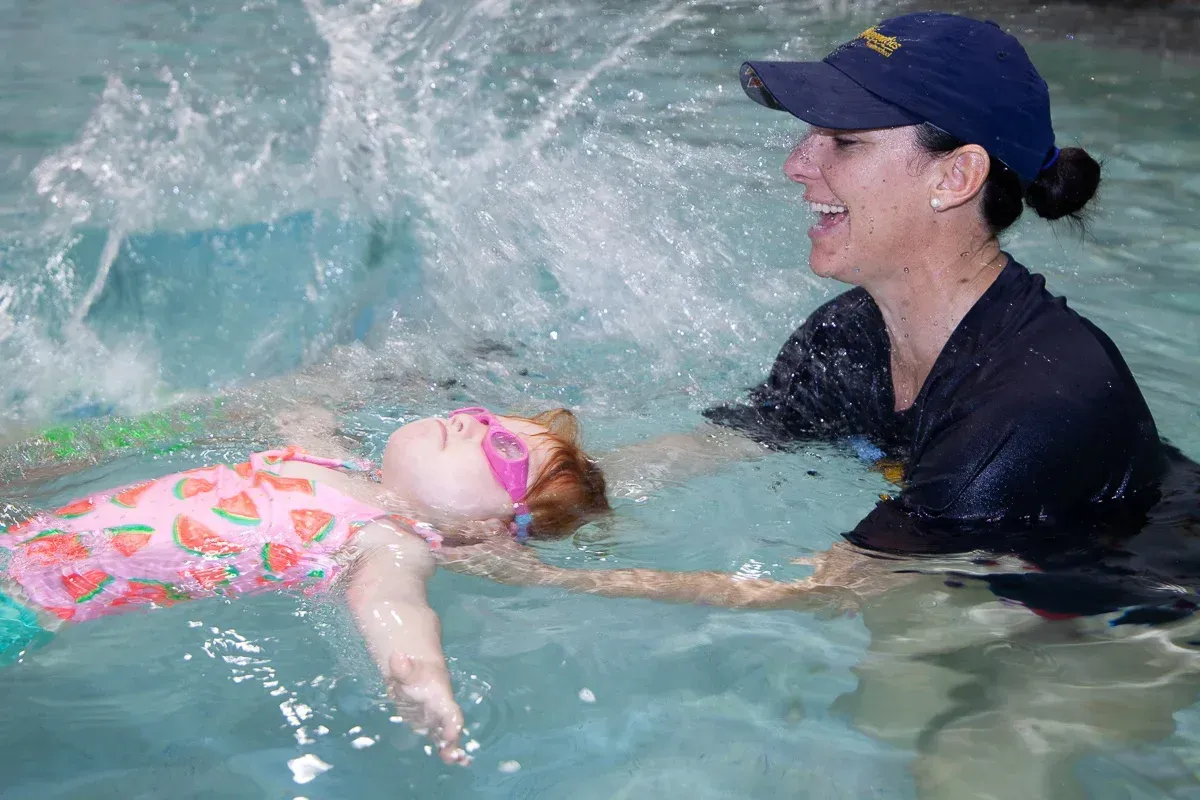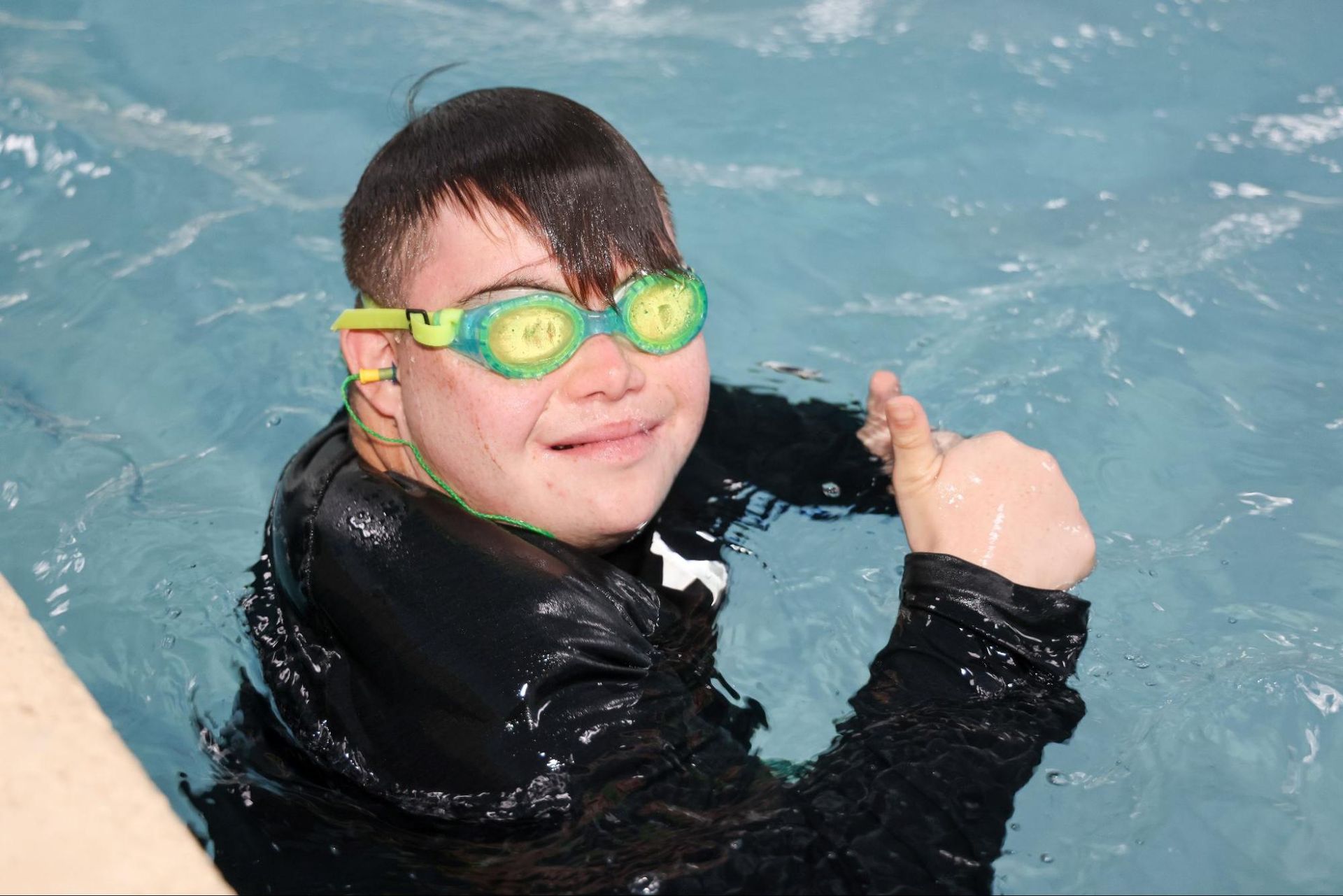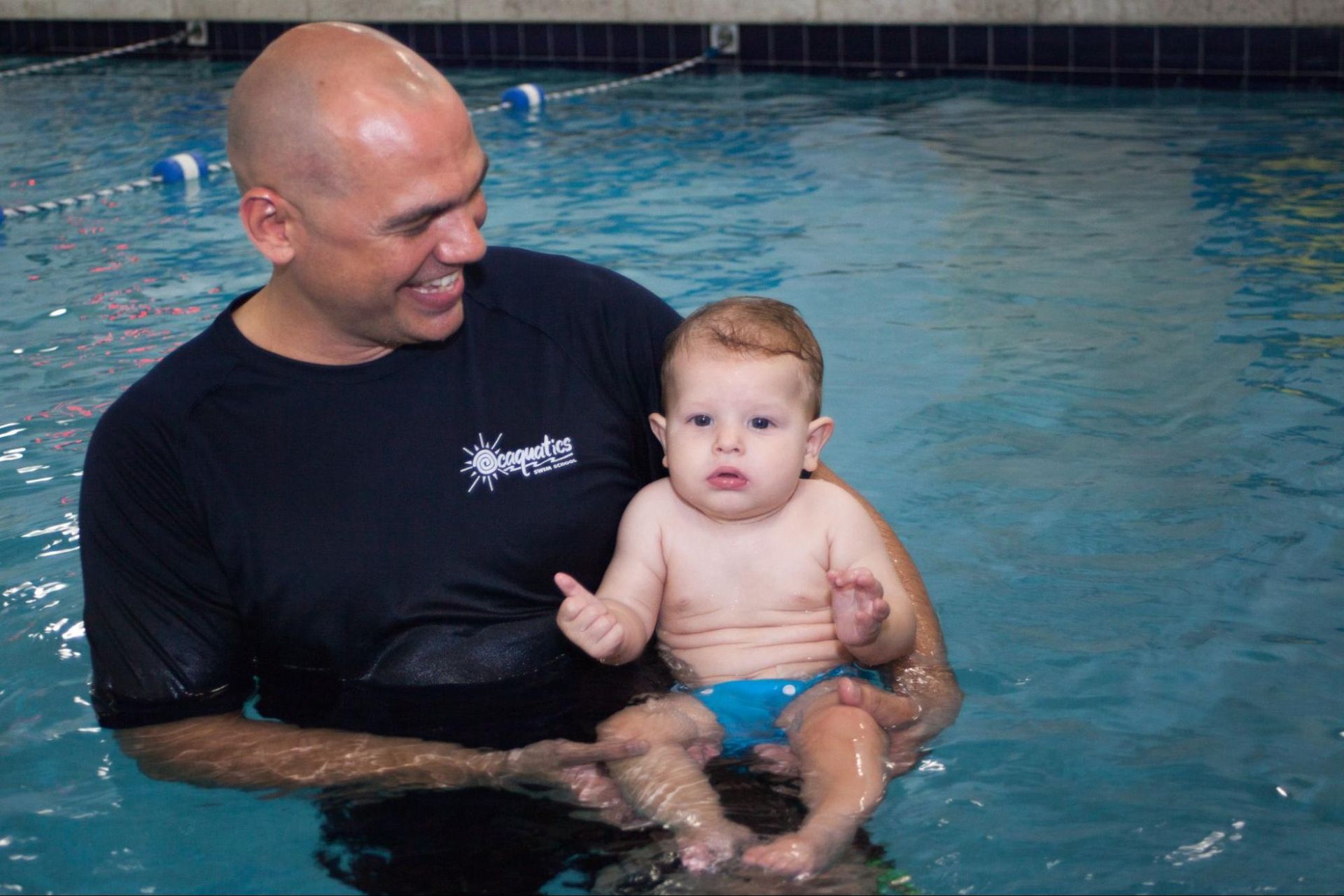How to Overcome Fear of Water
Fear of water, or aquaphobia, is a common challenge that affects individuals of all ages. Whether it's due to a traumatic experience, lack of exposure, or an innate fear, overcoming aquaphobia is vital for water safety and enjoyment. At Ocaquatics Swim School, our professional swim school swimming classes are designed to help children and adults become safer and more confident in the water.
Understanding the Fear of Water
Aquaphobia can stem from several factors, including:
- Past traumatic experiences, such as near-drowning incidents
- Lack of exposure to water during early childhood
- Anxiety disorders or generalized fears
- Negative associations, such as seeing others panic in water
Awareness about the root of the fear is the first step toward overcoming it.
Steps to Overcome the Fear of Water
Water is a vital part of life, and swimming is an essential skill that can provide both safety and enjoyment. However, the fear of water—also known as aquaphobia—can be a barrier to engaging in water activities. Overcoming this fear takes patience, practice, and the right approach. Here are some of the proven and effective steps to gradually build confidence and feel comfortable in the water.
Start Small and Gradual Exposure
Facing any fear begins with small, manageable steps. Sudden immersion in deep water can heighten anxiety, so a gradual approach is key.
- Begin by simply spending time near water, such as sitting by a pool, beach, or lake. Observing others enjoying the water can help normalize the experience.
- Dip your feet into the water to get accustomed to its temperature and movement.
- Progress to splashing water on your face, arms, and legs to reduce sensory sensitivity and ease anxiety.
- Once comfortable, try standing in shallow water, allowing yourself to adjust before moving on to more immersive activities.
Practice Breathing Techniques
Controlled breathing is essential for managing panic responses in water. Fear can cause shallow, rapid breathing, which leads to increased anxiety. Practicing deep breathing techniques can help maintain calmness.
- Begin with deep breathing exercises outside of the water, such as inhaling through the nose for four counts, holding for four counts, and exhaling slowly through the mouth.
- Once comfortable, incorporate breathing techniques into water activities. A simple exercise is blowing bubbles in the water, which encourages steady exhalation and relaxation.
- Practicing breath control in a controlled environment, such as a bathtub or shallow pool, can build comfort and confidence over time.
Use Supportive Equipment
Using flotation devices can provide a sense of security while getting used to the water. This helps in building confidence without the immediate pressure of swimming.
- Kickboards, pool noodles, or life vests allow individuals to stay afloat while practicing basic movements.
- Gradually reduce dependence on these aids as confidence grows.
- Having the right equipment makes the learning process safer and more enjoyable.
Take Professional Swimming Lessons
Guided instruction from a trained swimming professional can make a difference in overcoming fear.
- Enrolling in structured swim lessons provides a safer and encouraging learning environment.
- Ocaquatics Swim School specializes in helping individuals of all ages overcome their fear of water through patient and supportive instruction.
- Lessons are tailored to different skill levels, ensuring a personalized approach that meets each swimmer’s needs.
- Professional instructors can also teach essential water safety skills, further increasing confidence.
Use Positive Reinforcement
Celebrating small victories is key to overcoming fear. Encouragement and rewards can build motivation and confidence.
- Acknowledge achievements such as touching the water, submerging hands, or floating for a few seconds.
- Provide verbal affirmations like "You’re doing great!" or "That was an amazing effort!"
- Small rewards, such as stickers for children or a special treat after a lesson, can make progress feel even more rewarding.
- Positive reinforcement helps shift focus from fear to accomplishment.
Learn Basic Water Safety Skills
Fear often arises from a lack of knowledge or control. Understanding water safety can make individuals feel more secure.
- Learning survival techniques, such as floating on the back, treading water, and safely exiting a pool, increases confidence.
- Ocaquatics Swim School emphasizes teaching children how to return to the pool wall if they accidentally fall in, a vital skill that enhances safety.
- Knowing how to manage oneself in different water scenarios helps build a sense of control and reduces anxiety.
Engage in Fun Water Activities
Water activities should be enjoyable rather than stressful. Incorporating fun elements can shift focus from irrational fear to excitement.
- Playing simple games like retrieving floating objects or gentle splashing can make water feel less intimidating.
- Activities such as water yoga or aqua therapy help with relaxation and provide a controlled way to experience movement in water.
- Finding an activity that brings joy can be an effective way to reframe the perception of water from fear to fun.
Gradually Increase Water Depth
Once basic comfort is achieved, the next step is to venture into deeper water gradually.
- Start in shallow water where your feet can touch the ground to maintain a sense of security.
- As confidence builds, move slightly deeper while maintaining control and having a support system, such as an instructor or swim buddy.
- Never rush the process—progressing at a comfortable pace ensures long-term success. Take a deep breath and use relaxation techniques.
Address Emotional Barriers
Fear of water is sometimes rooted in past experiences or negative thought patterns. Addressing these underlying factors helps in long-term progress.
- Recognizing and challenging negative thoughts about water is an important step in overcoming extreme fear.
- If past traumatic events are a factor, seeking guidance from a mental health professional specializing in phobias may be beneficial.
- Visualization techniques, such as imagining a calm and controlled swimming experience as well as exposure therapy can help reshape perception.
How Ocaquatics Swim School Helps Combat the Fear of Water
Structured Lessons in Small Class Settings
Ocaquatics Swim School helps individuals overcome their fear of water through structured, small-class lessons in safer, indoor swimming pools. By maintaining small class sizes, Ocaquatics ensures personalized attention, allowing instructors to address individual fears and needs.
Our structured lessons follow a step-by-step approach, introducing water skills gradually to prevent overwhelming students. From basic water acclimation to essential swimming techniques, each lesson is designed to instill trust and comfort in the water.
Emphasis on Fun, Safety, and Encouragement
Emphasizing fun and engagement, Ocaquatics incorporates games and playful activities into lessons, transforming fear into excitement. Positive reinforcement plays a key role in their approach, celebrating small milestones—such as putting a face in the water or floating independently—to boost confidence.
Safety is a top priority, with a strong focus on essential survival skills like floating, and returning to the pool’s edge. Instructors provide constant encouragement, ensuring students feel secure while progressing at their own pace.
By fostering a supportive and enjoyable atmosphere, Ocaquatics Swim School helps students conquer their fear of water and develop lifelong swimming skills with confidence.
Choose the Trusted Swim School in Florida for Your Family
Join the thousands of swimmers who have overcome their fear of water with Ocaquatics Swim School. With years of experience, our dedicated instructors have helped countless children and adults build confidence through safer, fun, and structured lessons. Serving multiple locations, we offer small class sizes, personalized instruction, and a strong emphasis on water safety.
If you or your child is ready to conquer aquaphobia, contact Ocaquatics Swim School today to learn more about our programs. Don’t let fear hold you back—enroll today and start your journey to confident swimming!
If you’d like to learn even more tips, here are 9 more ways to help children overcome a fear of water!





